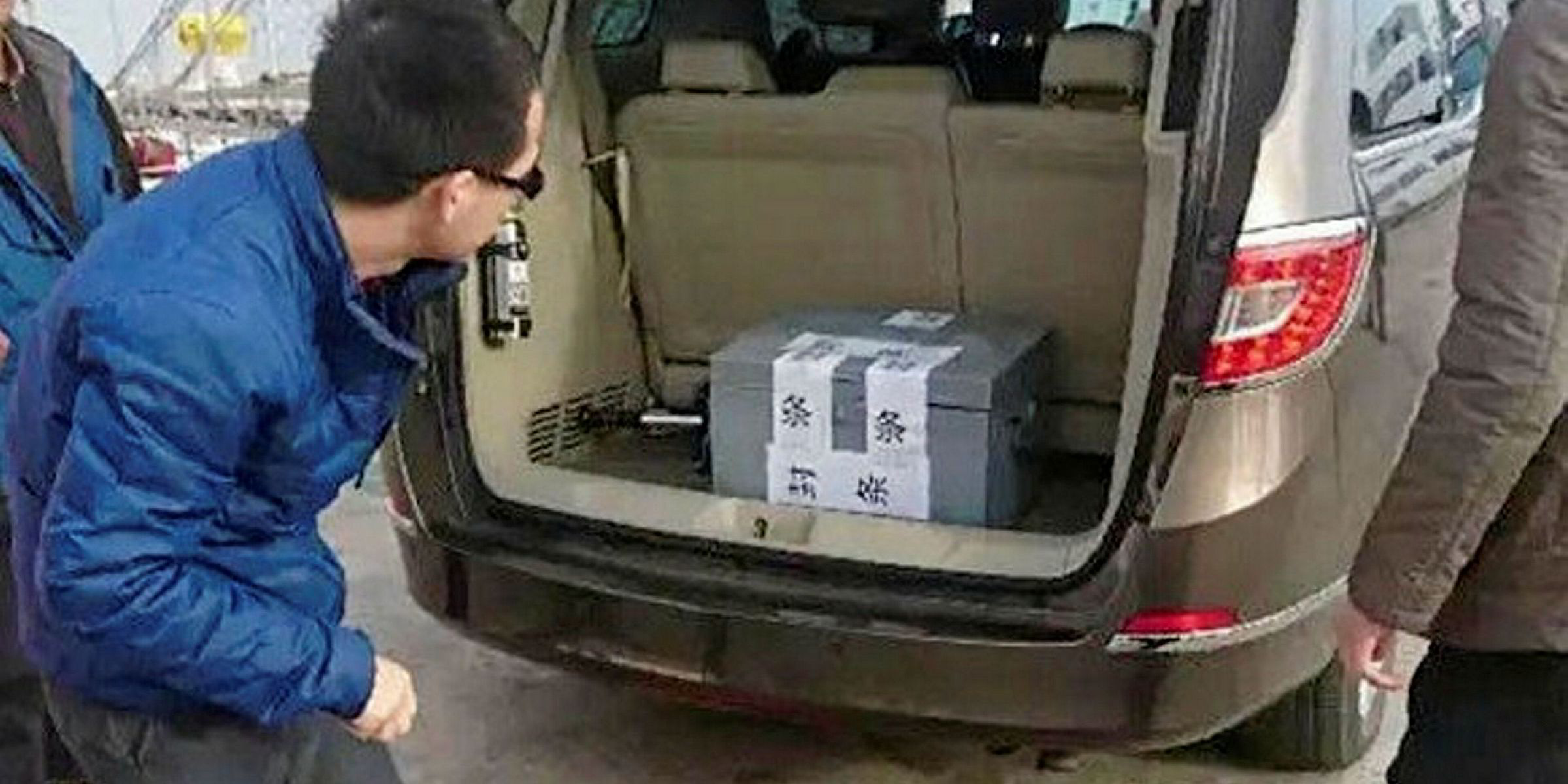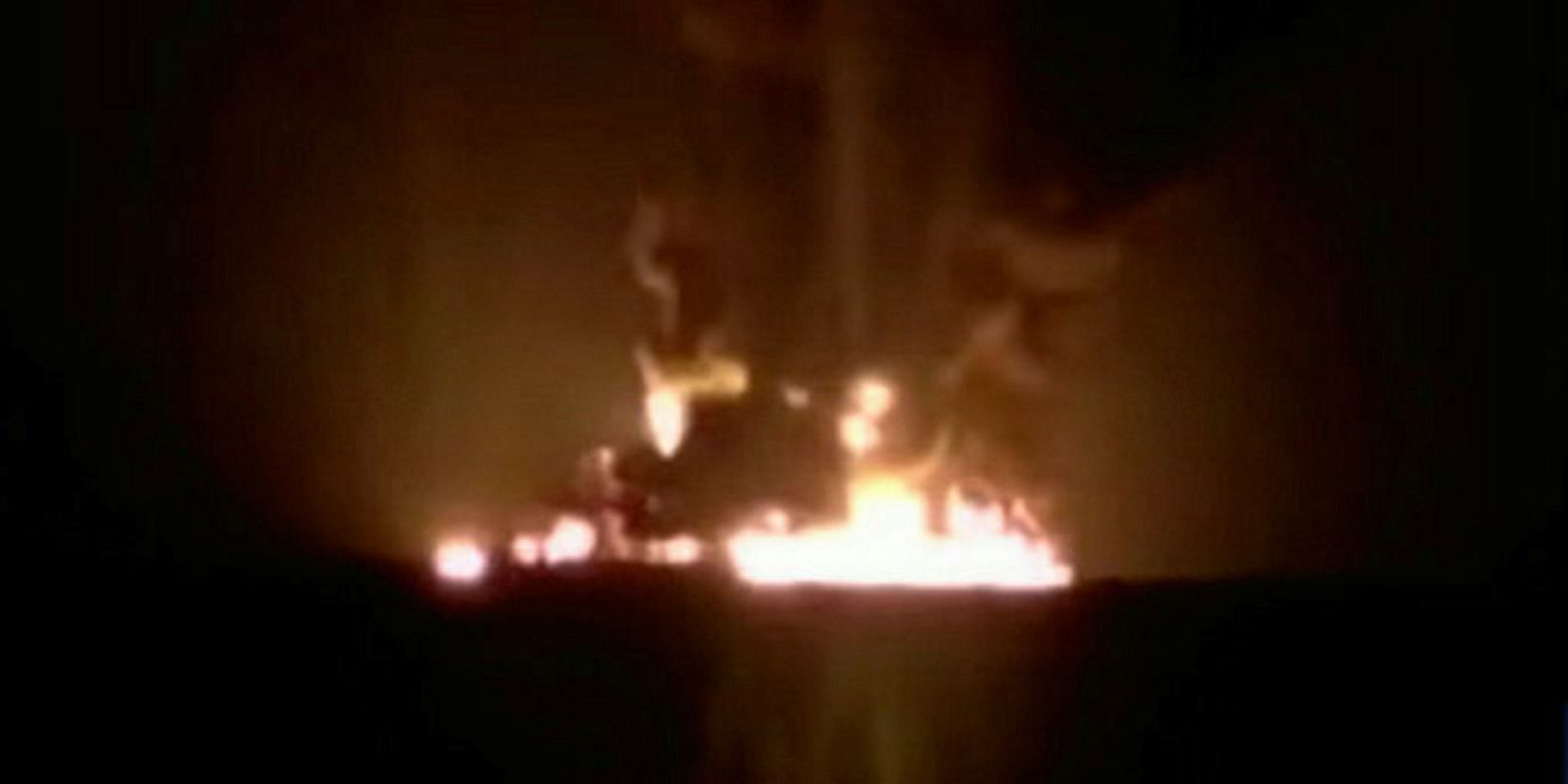Evidence about what led to the collision and subsequent sinking of an NITC suezmax tanker off China last week may not be known until April.
“Deciphering the black box will take one to three months,” Hadi Haqshenas, the deputy managing director of Iran's Ports and Maritime Organization (PMO), told the Islamic Republic News Agency (IRNA).
“The black box of the vessel was sealed in the presence of the PMO, Panama and China's representatives to go through the legal process to be deciphered later with the presence of the benefactors’ committee.”
The 164,000-dwt Sanchi (built 2008) sank on Saturday a week after a collision with a CoscoCS bulker, with the loss of all 32 crew.
Rescue workers were able to retrieve the ship’s black box, but had to leave the ship quickly due to heat and toxic smoke.
The vessel reportedly drifted into Japanese waters before it sank leaving a slick covering an area measuring 13km by 11km.
The crew consisted of 30 Iranians and two Bangladeshis. One body was found last week, while two more were found in a lifeboat on Saturday.
Last week TradeWinds reported that the importance of the Sanchi’s black box has increased due to insufficient Automatic Identification System (AIS) data to give a detailed representation of the courses taken by the two vessels.
Both ships appeared to have been transmitting to satellite AIS systems at the time, which left them prone to black out.
“AIS transmitters are OK with the short-distance receivers, like terrestrial antennas, but do not always work with the satellites,” one AIS provider told TradeWinds.
“This is a limitation of the AIS technology rather than ships maliciously switching off AIS.”
Water samples tested by the Chinese government showed a dangerously high petroleum concentration around the spill, but much of the 136,000-tonne condensate cargo could have burned off.
Ma Jun, a Chinese environmentalist, told CNN: "The collision site was within the area which [is] considered to be one of the richest fishing grounds in China, the Zhoushan shipping ground.
"We still need to keep an eye on how these contaminants might be carried by the ocean flow to have the impact on the fishing ground."




